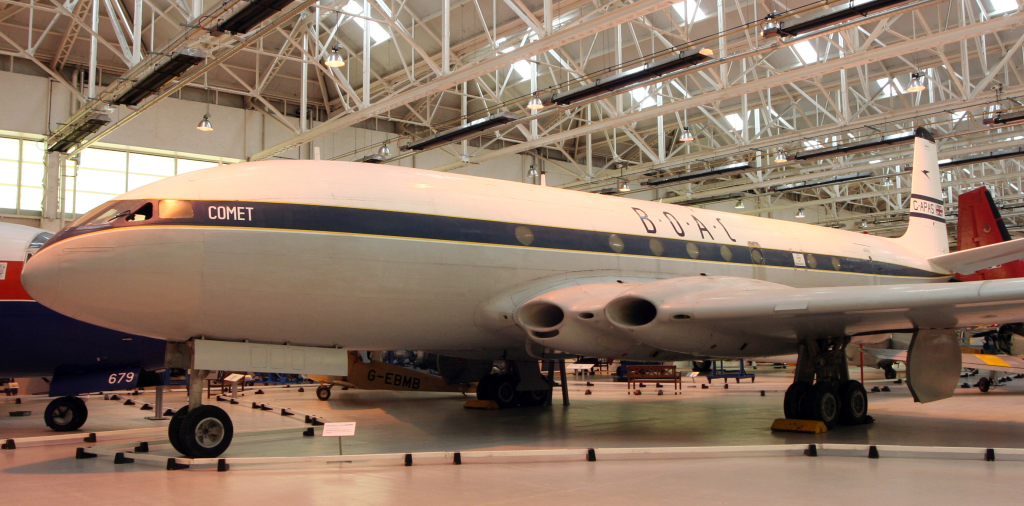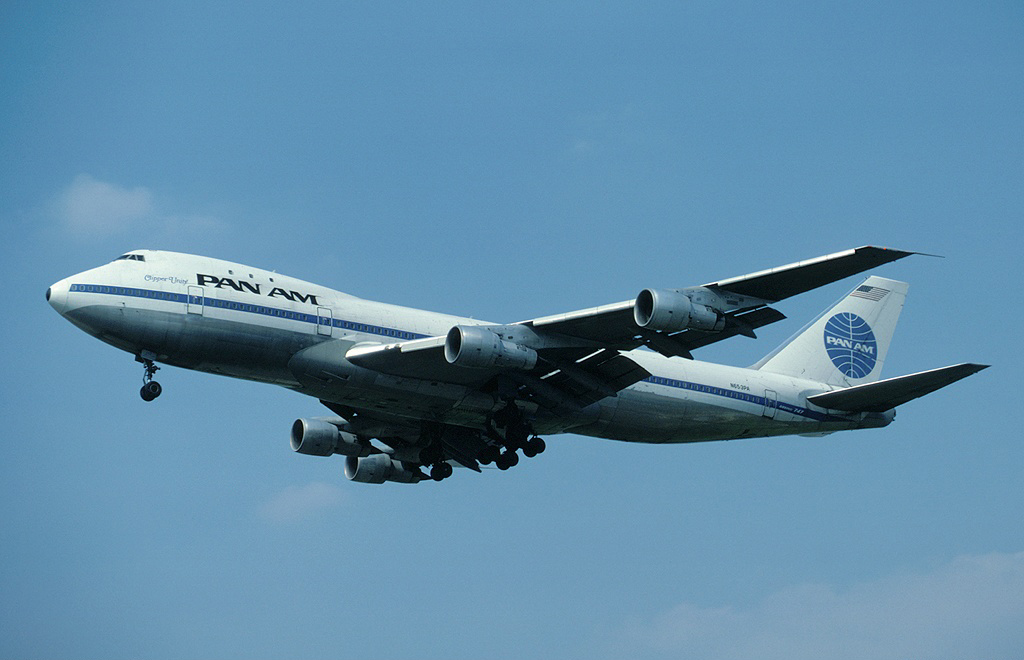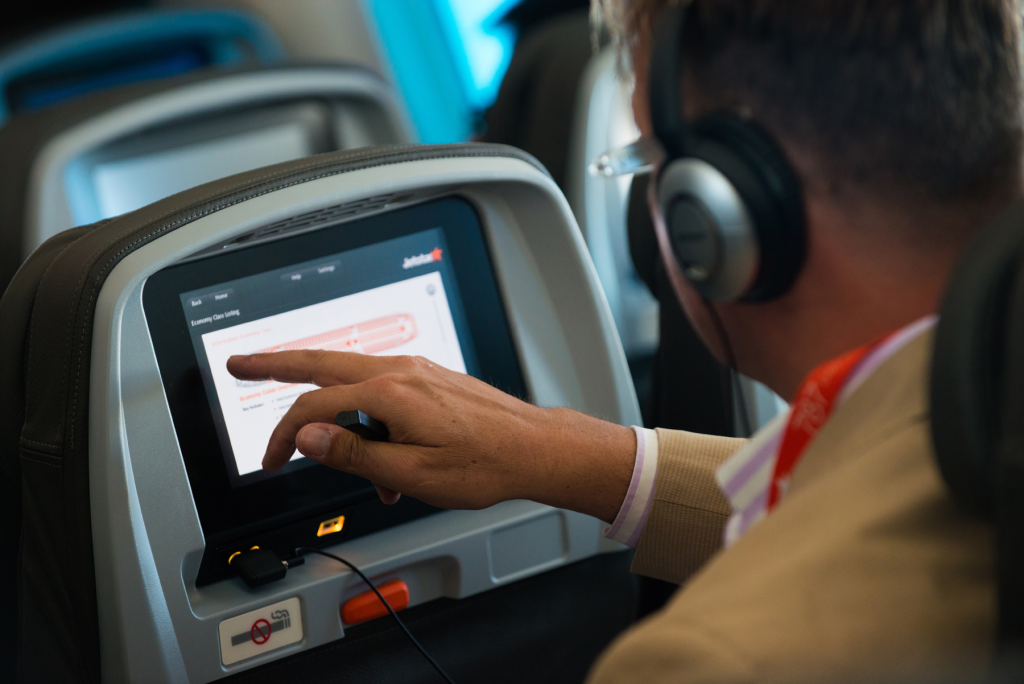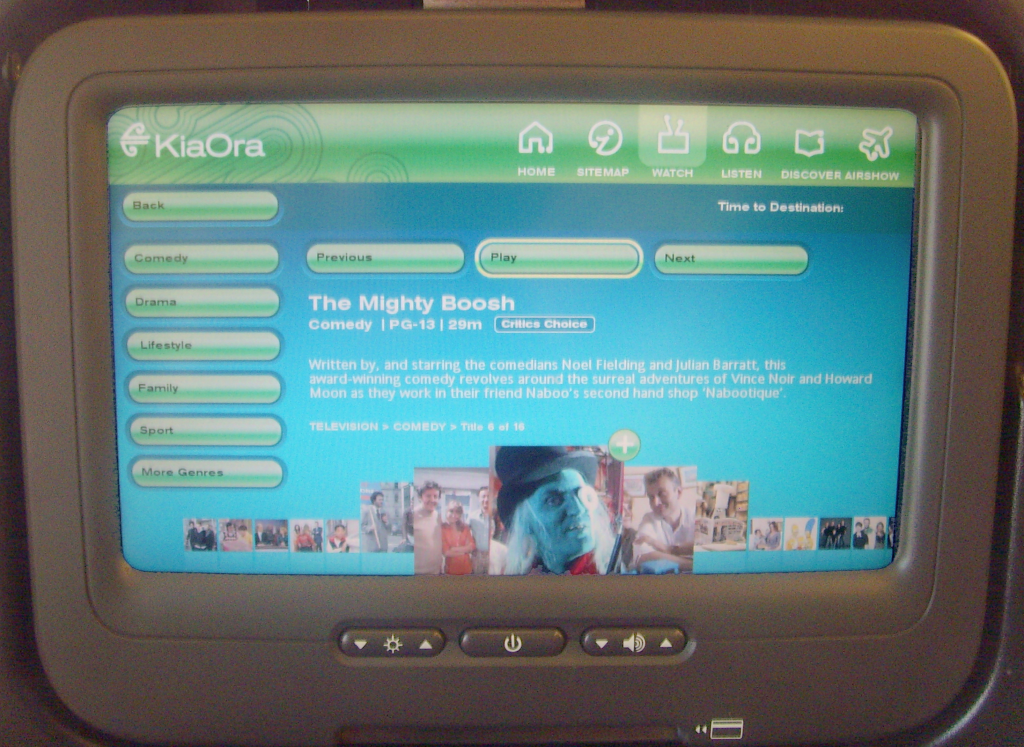
Flying was once an occasion to get dressed up for. In the 1960s, flying first class meant entering a world of white-linen meals, spiral stairways, and piano bars. Now, for the majority of travelers, flying is a utilitarian exercise in arriving from one place to another. But way up at the front of the plane, luxury has not gone away it has evolved.
In the last seven decades, air travel by first class has come a long way from the socialistic sheen of the jet era to the technology-enabled, hyper-personalised retreats of the present day. It has been driven by technological innovations in aircraft design, changing passenger demands, and intense competition among carriers to reimagine comfort at 35,000 feet.
From the introduction of the Boeing 707 to the walled suites of the Airbus A380 and the newer technologies of Japan Airlines, Emirates, Etihad, and others, here are eight defining changes that outline the stunning evolution of first-class flight.

1. The Jet Age Redefines Speed and Style
With the introduction of the de Havilland Comet in 1952 began jet-powered passenger service, providing faster and smoother travel compared to propeller aircraft. As initial missteps were overcome, the introduction of the Boeing 707 and Douglas DC‑8 solidified the jet age, allowing airlines to marry speed with high-level service.
Elevated cabins of the 1950s featured spacious reclining seats with footrests, almost full recline, and such luxuries as cocktail lounges. Gourmet meals were served on china plates, and service was part ceremony, part nourishment. First class by air was a luxury for the select few who could indulge, but it established the pattern for decades of aspirational travel.

2. The 747 Brings Space and Stairs to the Skies
When Boeing launched the 747 in 1970, its twin-deck layout provided airlines with unprecedented cabin volume. The carriers employed the additional space to establish upper-deck lounges served by spiral staircases, with some of the initial models even having pianos.
Gourmet cuisine continued to be at the fore, with Champagne service becoming a signature. The 747 popularized long-haul travel by boosting capacity, but in first class permitted airlines to raise comfort levels and design social areas which became symbols of the times.

3. Supersonic Speed Meets Boutique Luxury
Air France and British Airways flew Concorde between 1976 and 2003, and it was able to traverse the Atlantic in 3.5 hours. Its slender cabin meant cramped space, but passengers had fine wine, multi-course lunches, and the prestige of traveling at more than the speed of sound.
Concorde’s draw was as much prestige as velocity. Tickets were pricey, and the plane became an emblem of exclusivity though its retirement highlighted the economic and environmental drawbacks of supersonic flight.

4. Flatbeds and Privacy Revolutionize Comfort
In the 1990s, airlines started adding 180-degree lie-flat seats in first class, a revolution in passenger comfort. By the late decade, designs featuring privacy partitions appeared, impacting the evolution of today’s business-class products.
This era saw a transition from shared extravagance to personalized space. Travelers were then able to eat, work, and rest in more privacy, paving the way for the enclosed suites that were to come.

5. The A380 Era Brings Ultra-Luxury Suites
The Airbus A380’s 2007 launch with Singapore Airlines ushered in a new era. Its size gave it the ability to add features such as enclosed suites, double beds, and even shower facilities while in flight. Emirates’ A380 features floor-heated shower spas and a walk-up bar, and Etihad’s “The Residence” includes a private bedroom, living room, and butler service.
Singapore’s new Suites class only seats six on the upper deck in a 1‑1 configuration, each with an individual bed and swivel chair. These configurations turned first class into a retreat, less like a seat on an airplane and more like a room in a boutique hotel.

6. Japan Airlines Raises the Bar with the A350-1000
Japan Airlines revealed first-class suites on its Airbus A350‑1000 in 2023, which combine classic design and state-of-the-art technology. Every suite is almost 28 square feet, with 43‑inch 4K monitors, shoji‑tinged privacy doors, and headrest‑integration speakers.
Amenities also encompass dual-side Airweave mattresses, personalized Heralbony amenity kits, and dining programs designed by Michelin-starred chefs. The airline even offers the unusual 2013 Salon Champagne that costs $1,200 per bottle, highlighting its emphasis on exclusivity and elegance.

7. Etihad’s Apartments and the Return of the A380
Etihad’s First Class Apartment, revived in 2024, features an independent armchair and bed, personal closet, and refrigerated mini-bar. Suites are couple-pairable, and the design prioritizes space as well as privacy.
Feasting is on-demand, all-you-can-eat with big portions and top-shelf wines. Shower facilities, designed in Etihad’s distinctive lighting, contribute to the spa-like environment. The product represents a worldview that a first class should be as much about elegance of design as about luxury.

8. Technology Transforms the In-Flight Experience
From the shared screens of the 1960s to the current hybrid of seatback systems and personal device streaming, in-flight entertainment (IFE) has evolved into a differentiator. Airlines such as Delta and Singapore have sophisticated seatback systems, while others, including American Airlines, prioritize high-speed Wi‑Fi and BYOD approaches.

Innovations such as live shopping platforms, destination guides, and travel assistance integrated through the use of IFE screens will continue to find an even split between legacy systems and personal devices as satellite internet continues to advance.
First-class air travel has journeyed from the sociable elegance of the jet age to the hyper-private, tech-rich sanctuaries of today’s flagship cabins. While the aesthetics and amenities have changed, the core promise remains to make the journey itself as memorable as the destination. For airlines, the challenge is to keep redefining that promise in ways that surprise even the most seasoned traveler.


